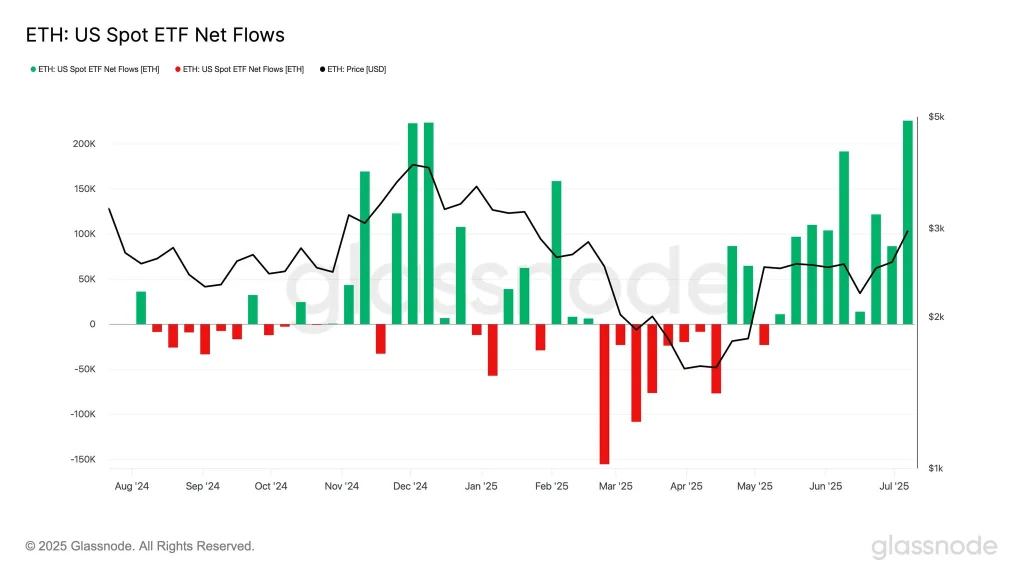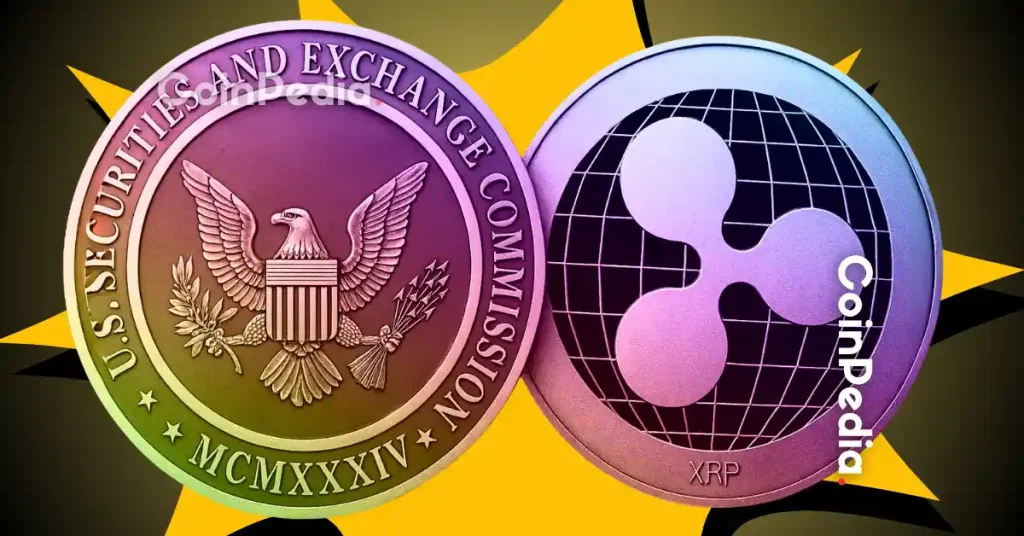
President Donald Trump has signed an Executive Order to establish a Strategic Bitcoin Reserve. The initiative will consolidate Bitcoin obtained by the federal government through criminal and civil asset forfeiture proceedings. This reserve is intended to serve as a store of value, with the government opting to hold the digital asset.
Donald Trump Signs Order to Create U.S. Strategic Bitcoin Reserve
In a lengthy post on X, Crypto Czar David Sacks revealed that President Donald Trump has officially signed an Executive Order to establish the Strategic Bitcoin Reserve. This initiative is designed to safeguard Bitcoin confiscated through legal forfeiture proceedings and store it as a national asset.
The federal government currently possesses an estimated 200,000 Bitcoin, though a comprehensive audit has never been conducted. The Executive Order mandates a full accounting of all federal digital asset holdings to provide transparency regarding the government’s cryptocurrency assets.
A recent report stated that the government cannot use taxpayer money for the Strategic Crypto Reserve without congressional approval. To work around this, officials are considering alternatives such as repurposing seized Bitcoin or establishing a sovereign wealth fund.
U.S. Government Will Hold Forfeited Bitcoin
The Strategic Bitcoin Reserve will consist exclusively of Bitcoin acquired through criminal or civil asset forfeiture proceedings. The government will not sell any Bitcoin stored in the crypto reserve. This decision aims to maintain Bitcoin as a long-term store of value.
David Sacks added,
“The U.S. will not sell any Bitcoin deposited into the Reserve. It will be kept as a store of value. The Reserve is like a digital Fort Knox for the cryptocurrency often called “digital gold.”
Meanwhile, Bitcoin critic Peter Schiff was quick to note that the crypto stockpile consists only of seized digital assets and does not involve government purchases. He emphasized that no ETH, XRP, ADA, or SOL will be bought, reinforcing that the stockpile is strictly limited to confiscated tokens.
While it’s up for debate whether the government can buy more Bitcoin for the strategic reserve, the one thing the executive order makes clear is that the crypto stockpile will consist only of seized tokens, so no ETH, XRP, ADA, or SOL will be bought. So at least there’s that!
— Peter Schiff (@PeterSchiff) March 7, 2025
Audit to Determine Federal Digital Asset Holdings
To ensure accuracy in tracking the federal government’s crypto assets, the order directs an audit of all digital holdings. This process will provide a clearer picture of the total Bitcoin and other digital assets in government possession.
In addition to Bitcoin, the Executive Order also establishes a U.S. Digital Asset Stockpile. Consequently, the government will hold digital assets other than Bitcoin that it obtained through forfeiture proceedings.
However, the stockpile will not receive new acquisitions beyond forfeited assets.
The Executive Order authorizes the Secretaries of Treasury and Commerce to develop budget-neutral strategies for acquiring additional Bitcoin. These strategies must not impose any additional financial burden on American taxpayers.
In an earlier release, David Sacks blamed the Biden administration, revealing that the U.S. lost over $17 billion by selling confiscated Bitcoin instead of holding it. He argued that the lack of a long-term strategy for seized assets resulted in significant losses for U.S. taxpayers.
The post Just In: Donald Trump Signs Executive Order To Establish Strategic Bitcoin Reserve appeared first on CoinGape.






